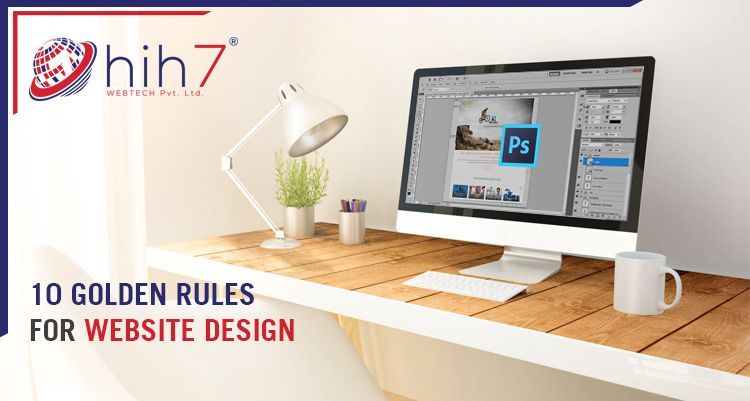Getting ready to start your business online? If this is what you are planning for, then an effective and responsive website design should be your fundamental requirement. Today in this date, we are not only confined to a single desktop, rather we engage ourselves in multiple screens. Isn't it? Thus your website design will decide whether your customers will remain stagnant at your site or will prefer to shift to better alternatives. So what you may conclude that a website design can either make your business or break your online success. Thus to avoid the later effect, there are some golden rules that you need to follow. Have you outsourced your website designing service? Well in that case, you should have the knowledge of the basic principles so that you can ask the designers for the exact web design. Are you ready to take a look at the principles? Fine, then let us start with our discussion.
1. Responsive, not Adaptive:
Make sure you have a responsive website design as well as responsive navigation, rather than an adaptive one. If you just look at in glance, you may find both the designs similar. But there still lies a difference. In case of adaptive web design, the site takes a long time to load as well as all the contents are not loaded at once. On the other hand, a responsive web design works smoothly and is fruitful for multiple screens.
2. Vector Images or Bitmaps:
Choosing vector images or bitmaps is a smart work. Bitmaps in JPG, PNG or GIF format are used when an icon holds a lot of details. Whereas, in case of vectors it is best to use SVG format. Though both the images can be auto resize with the help of CSS, you can't retain the quality of the images until the image is a vector.
3. Web Fonts or System Fonts:
As we have said before, everyone including you, wants to access everything on his fingertip. Thus while designing a website you have to keep in mind the multiple platforms where the site can be opened. System fonts are favourable for desktop only. Don't you want your customers to reach you via other devices especially mobile? Then make sure, you are having web fonts for web designing. These help you to access your site through mobile devices too.
4. Avoid Fixation:
Fixing an element of your website will make your screen size smaller when you will try to access your site on your mobile devices. It a may look good on the desktop but doesn't work on other devices. Will you try to interrupt your customers' attention by allowing them to visit a screen smaller than the original on their mobile? Certainly not. Then it is better to prefer not to fix at all.
5. % or PX:
Are you looking for responsive designs? Then it is better to skip the idea of PX, as some of these static units won't work on responsive designs. And what about percentage? This element works smoothly when added while assigning height and width to an element of the website.
6. Avoid Overloading:
With the term overloading, we refer to the excess elements of the website like coding, fonts, images and so on used on the website. Due to these elements your website may run slow and in addition to this if there is a poor internet connection, the loading suffers and the process takes a long time. Imagine the user with a poor internet connection. Do you think they will use your website for next time? Definitely not.
7. Avoid Extra Spacing:
Including extra space, while writing a content on the website will give your customers an idea that not much content is available on the site. So if you don't have content, prefer using ads that are responsive. These, as a result, will encourage the users and excite them to scroll down your products and services.
8. Have a Flow:
What is a flow in website design? By the term flow we mean, whenever the screen size becomes smaller, the digital content takes more vertical space and the elements below the content are pushed down. But this is not the case of a static design. In the static design the below elements remain static, thus it becomes difficult to read the elements below. So what will you choose a static or a flow? Hope you will go for the flow to have a flow in your business.
9. Breakpoints:
Breakpoints for the web design are defined in such a way, that the layout has 3 columns on a desktop and changes to one when the website is accessed on a mobile device. But make sure the breakpoints are used with care, otherwise, the content will become messy and hard to read.
10. Nested Objects:
A lot of elements in a jumbled manner may make the access difficult for the user. So it is always essential to wrap the elements and keep them in a clean and tidy format. This makes your website more understandable, and more attractable, thus helping your business to move on the path of success. Hey, hope you have understood what are the things you need to take care while designing a website. To get better and most effective results we will like you to outsource your web design and
website development services. Want to know it in details? Check our blog on
Benefits Of Outsourcing Web Development.
